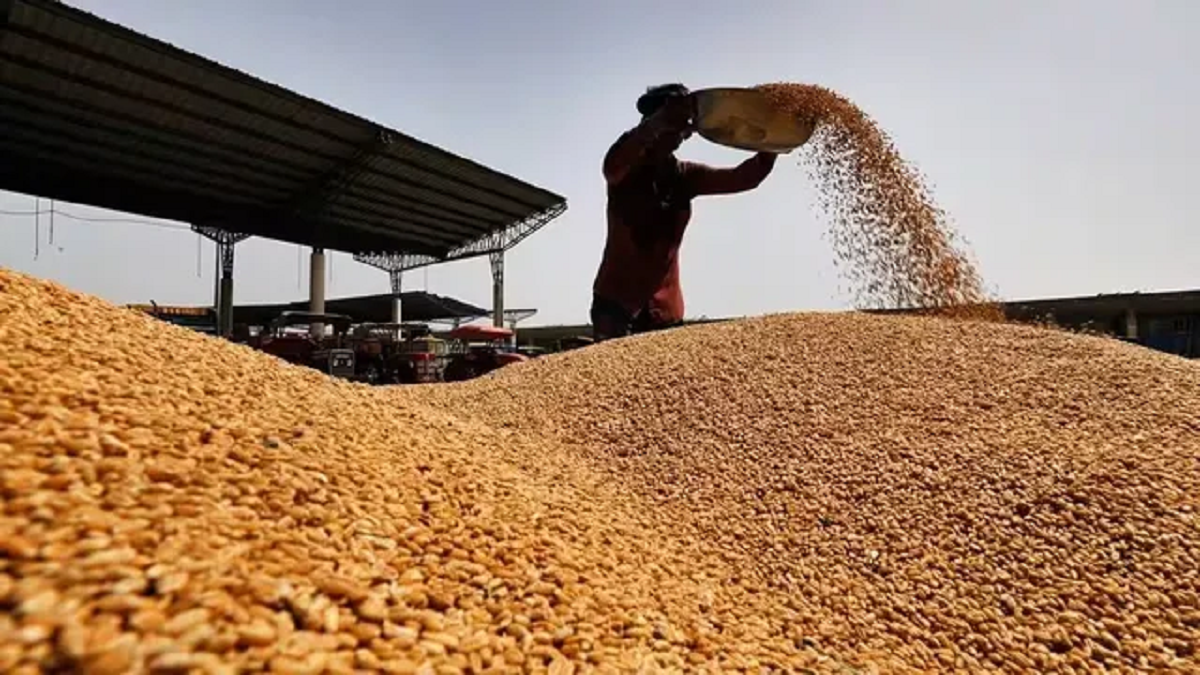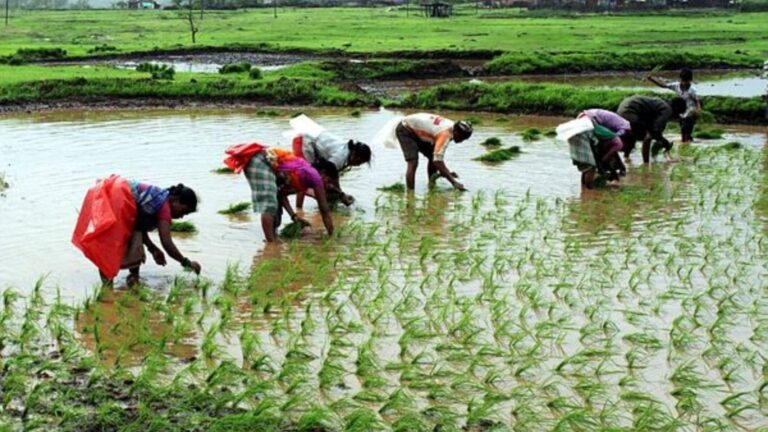
The procurement of wheat during the Rabi marketing season 2024-25 is progressing smoothly across major procuring states in India. The Ministry of Consumer Affairs, Food and Public Distribution reported on Friday that 262.48 lakh tonnes of wheat have been procured so far this year, surpassing last year’s total procurement of 262.02 lakh tonnes.
Substantial Benefit to Farmers
A total of 22.31 lakh farmers have benefitted from the procurement process, with a total Minimum Support Price (MSP) outflow of Rs 59,715 crores. The primary contributions to this procurement came from five key states: Punjab, Haryana, Madhya Pradesh, Rajasthan, and Uttar Pradesh. The procurement figures for these states are 124.26 LMT, 71.49 LMT, 47.78 LMT, 9.66 LMT, and 9.07 LMT, respectively.
Projections and Support Measures
At the onset of the season, the food ministry had projected to procure 30-31 million tonnes of wheat. The government set the MSP for wheat at Rs 2275 per quintal, an increase of Rs 150 per quintal from the previous season. Additionally, Rajasthan and Madhya Pradesh have announced a bonus of Rs 125 per quintal to encourage more purchases.
Rice Procurement Also On Track
The rice procurement process is also advancing smoothly. During the Kharif marketing season 2023-24, a total of 728.42 lakh tonnes of paddy, equivalent to 489.15 LMT of rice, has been procured from 98.26 lakh farmers, with an MSP outflow of approximately Rs 160,472 crores.
Ensuring Food Security
With the current procurement volumes, the combined stock of wheat and rice in the central pool has exceeded 600 LMT. This substantial reserve places the country in a strong position to meet its food grain requirements under the Pradhan Mantri Garib Kalyan Anna Yojana (PMGKAY) and other welfare schemes, as well as for market interventions.
Export Restrictions and Permissions
Since July 2023, the export of non-Basmati white rice has been restricted to control domestic prices and ensure food security. However, the central government has allowed exports to certain countries based on specific permissions granted to meet their food security needs.
Importance of Monsoon for Agriculture
Looking ahead, the arrival of the Southwest Monsoon, expected to reach the Kerala coast by June 1 according to the India Meteorological Department (IMD), will be crucial. These rains are vital for the Kharif crops, which rely heavily on monsoon precipitation. India has three cropping seasons: summer, kharif, and rabi.
Kharif crops, which include paddy, moong, bajra, maize, groundnut, soybean, and cotton, are sown in June-July and harvested in October-November. The monsoon’s timely arrival and distribution will significantly influence the success of these crops, impacting overall agricultural output and food security in the country.






